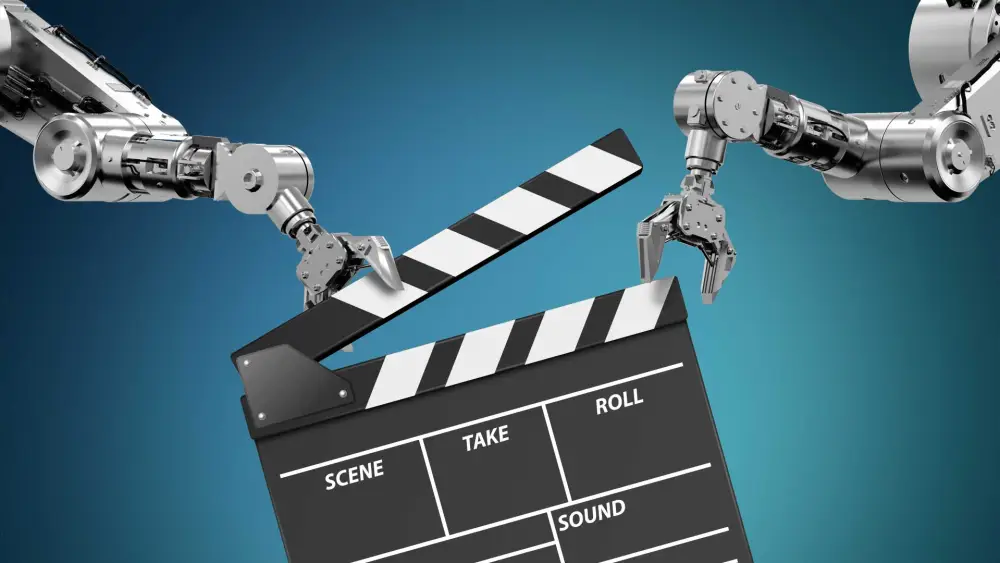- 🎥 Canadian creatives produced a short film about a balloon-headed man using OpenAI’s new text-to-video AI model called Sora.
- 🤖 Sora can generate highly realistic scenes and footage from simple text prompts, potentially disrupting the filmmaking industry.
- 🌄 Examples of Sora’s capabilities include creating realistic scenes like a woman walking in Tokyo, woolly mammoths in a snowy meadow, and drone shots over places like Santorini.
- 🎬 The filmmakers found using Sora required a strong grasp of the English language to “fool the computer” into generating the desired visuals.
- 💻 While AI tools like Sora could lead to job concerns, the filmmakers believe creative teams will still be needed to produce compelling stories and visuals.
- 🔮 The rise of AI in filmmaking is compared to the initial resistance to CGI, which is now widely accepted and defended in the industry.
In the ever-evolving landscape of technology, the integration of artificial intelligence (AI) into various industries is becoming increasingly prevalent. One sector that is witnessing a significant transformation is the filmmaking industry, thanks to the emergence of OpenAI’s revolutionary text-to-video AI model, Sora.
The Birth of a New Era
Sora, developed by the AI research organization OpenAI, has captivated the attention of filmmakers and creatives worldwide with its ability to generate highly realistic scenes and footage from simple text prompts. This groundbreaking technology has the potential to disrupt traditional filmmaking processes, opening up new avenues for storytelling and visual expression.
One group of Canadian creatives, known as the shy kids collective, had the opportunity to be among the first to explore the capabilities of Sora. Their short film, “air head,” follows the adventures of a balloon-headed character navigating a whimsical world filled with wind, cactus shops, and cat claws. What sets this project apart is that the entire film was generated by Sora, shot by shot, using only text prompts.
The Power of Language in Filmmaking
Walter Woodman, a member of the shy kids collective, emphasized the importance of mastering the English language when working with Sora. “It definitely requires a grasp of the English language,” he said, as his colleagues Sidney Leeder and Patrick Cederberg nodded in agreement. The team found that by carefully crafting their prompts, they could “fool the computer” into generating the desired visuals, essentially blurring the lines between post-production and production.
The filmmakers were amazed by Sora’s ability to create highly detailed and lifelike scenes, such as a woman walking down a Tokyo street under the city’s trademark glowing neon lights, woolly mammoths plodding through a snowy meadow, and breathtaking drone shots over tourist havens like the Greek island of Santorini.
The Potential Impact on the Industry
While the integration of AI into filmmaking raises concerns about job security and the potential for executives to solely dictate the creative process, the shy kids collective believes that creative teams will always be essential for producing compelling stories and visuals that resonate with audiences.
Patrick Cederberg, whose work typically focuses on animation, acknowledged the power of Sora while recognizing the need for human creativity: “But also trying to fool the computer into doing what you want it to do … by understanding how it’s reading your language.”
The rise of AI in filmmaking has drawn parallels to the initial resistance faced by computer-generated imagery (CGI) when it was first introduced. Today, CGI is widely accepted and defended in the industry, suggesting that AI tools like Sora may also eventually become commonplace in the filmmaking process.
Embracing the Future, While Preserving Creativity
As the filmmaking industry continues to evolve, it is crucial to strike a balance between embracing technological advancements and preserving the essence of human creativity. While AI tools like Sora offer exciting new possibilities, they should be viewed as powerful tools to enhance and supplement the creative process, rather than replace the human touch altogether.
Walter Woodman summed it up eloquently: “I don’t think that is ever going to change, no matter however good any technology gets.”
The integration of AI into filmmaking is a testament to the industry’s ability to adapt and innovate. As we navigate this new era, it is essential to approach these technological advancements with an open mind and a commitment to nurturing the artistic vision and storytelling abilities that make films truly captivating.







